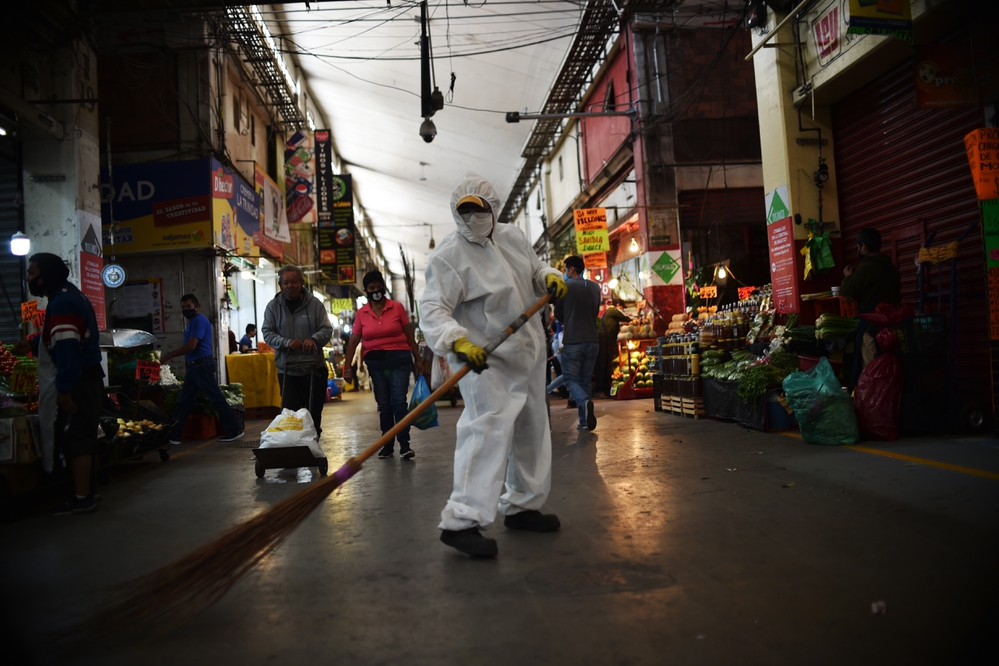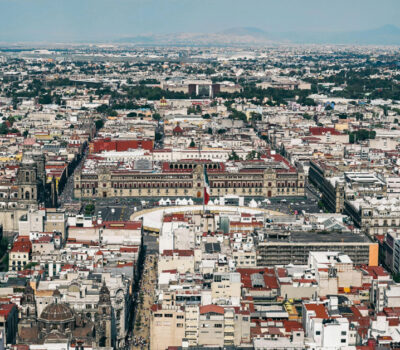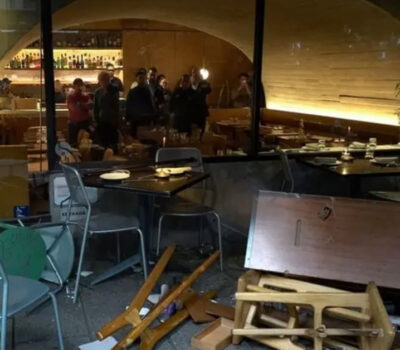The Ministry of Health (SSa) reported this Thursday, June 11 that the accumulated COVID-19 infections being disclosed by the federal government is 133,974, which includes 4,790 new cases today. Furthermore, since the beginning of the epidemic, Mexico has suffered at a minimum, 15,944 fatalities, 587 of which occurred in the past 24-hours.
As of yesterday, the State of Jalisco reported a total of 5,244 COVID-19 cases, while the Federal Government only reported 3,309, under-reporting 1,935 cases in the State of Jalisco.
The City of Puerto Vallarta, as of yesterday, reported 500 cases of COVID-19 in the city, the Federal Government reported 339, an under-reporting 161 cases in the city by the Federal Government.
The Federal Government only reports COVID-19 cases that are detected within the public healthcare system, private hospitals and laboratories, making up nearly 40% of the cases, are not reported.
There are 20,832 confirmed active cases in the country within the public health system, these do not account for the active cases within the private healthcare industry.
Internationally, confirmed and active cases (from May 29 to June 11) by region of the World Health Organization are concentrated in America: 905,318 cases or 54.6 percent. Europe registers 259,462 cases or 15.7 percent. The total number of confirmed cases worldwide is 7,273,958, but those confirmed in the last 14 days are 1,657,120 or 23 percent. The global case-fatality rate is 5.7 percent.
The Government of Mexico believes that the COVID-19 pandemic will reach its maximum contagion point during the next week, although it will last in some areas until October, and it declares itself “ready” to face a possible new wave by the end of the year.
This is the third time the Government of Mexico has predicted a peak week for COVID-19 only to see cases continue to climb. In early May, the government claimed victory in taming the pandemic and congratulated itself for successfully flattening the curve and passing the peak of the virus. At the time, the Government said 6,000 – 8,000 Mexicans would die from the coronavirus during the pandemic, not they have tripled their expectations to 30,000 deaths.
“We started the pandemic in Mexico in February, it will end in October and we could say that in mid-June we will be in the middle of the set of epidemic curves,” the Mexican Undersecretary for Prevention and Promotion of Health, Hugo López-Gatell, in charge of lead the fight against the disease in the country said at today’s news conference.
The announcement that the pandemic would end in October came as a surprise to many, early in the day the same Health Secretary said the government was prepared for a likely second wave in October.
The Secretary did clarify that the measures taken by the people of Mexico has prolonged the pandemic in the country, because the goal is to slow the spread over time to avoid saturating hospitals, and that is why the virus continues to linger.
“Only if public mobility restrictions is maintained for the next three months, the predictions are a figure of between 25,000 and 30,000 deaths in the country. If people let down their guard, we could have a higher mortality,” he warned.
The coordinator of the University Program of Health Research of the National Autonomous University of Mexico (UNAM), Samuel Ponce de León, indicated that COVID-19 will continue in the world indefinitely and that it will represent a health risk until 2021.
In a virtual press conference, the expert pointed out that the country will have to learn to cope with the risk for more than 12 months, when the SARS-CoV-2 vaccine is ready and can reach the population.
“We are going to have to learn to cope with this relationship and that risk is minimized. We will return to classes, to work, to go out, to live together in different circumstances and we always bear in mind the risk,” he explained.
He recalled that between the months of October and December an outbreak of infections is estimated to occur, so it will depend on the rapid action of the authorities to contain it and control it properly.
Most countries around the world have come to the realization that COVID-19 is part of life and ordering businesses closed and people to remain indoors until a vaccine is available is no longer realistic. People need to learn to live with the virus and minimize risks, caring for the most vulnerable, wearing masks, keeping a healthy distance, washing hands, and other things that have become part of our daily life for the foreseeable future.
The Ministry of Health (SSa) reported this Thursday, June 11 that the accumulated COVID-19 infections being disclosed by the federal government is 133 . . .












